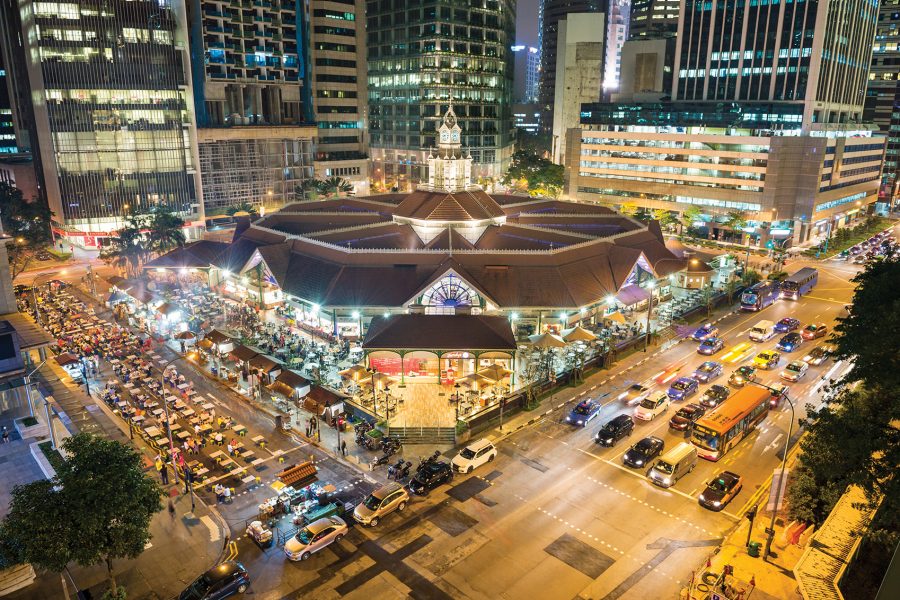The bowl of flat egg noodles is masterfully tossed in soy sauce, sambal chilli, garlic and lard. Accompanying in another bowl is pork bone broth, inspired by Japanese tonkotsu and enhanced with chicken feet and other collagen-rich ingredients.
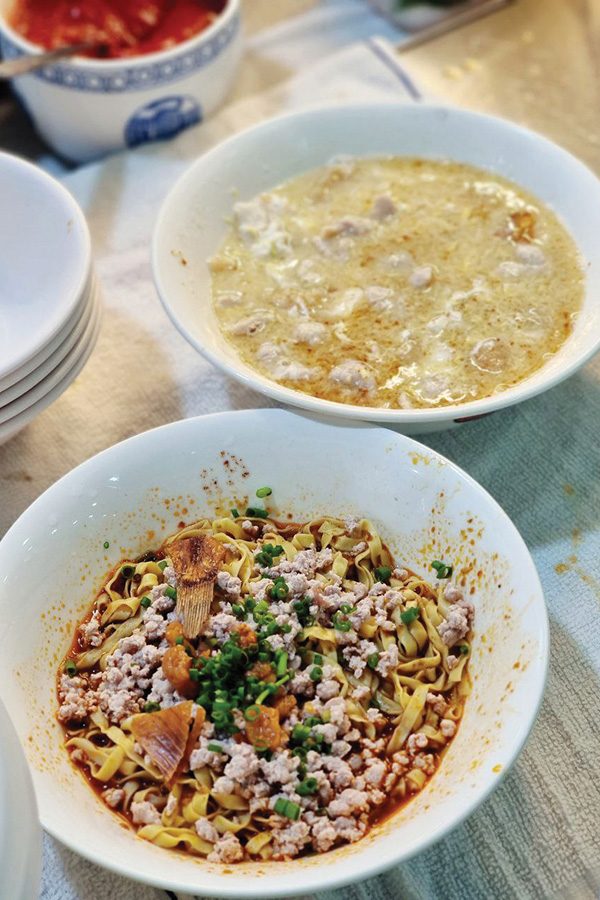
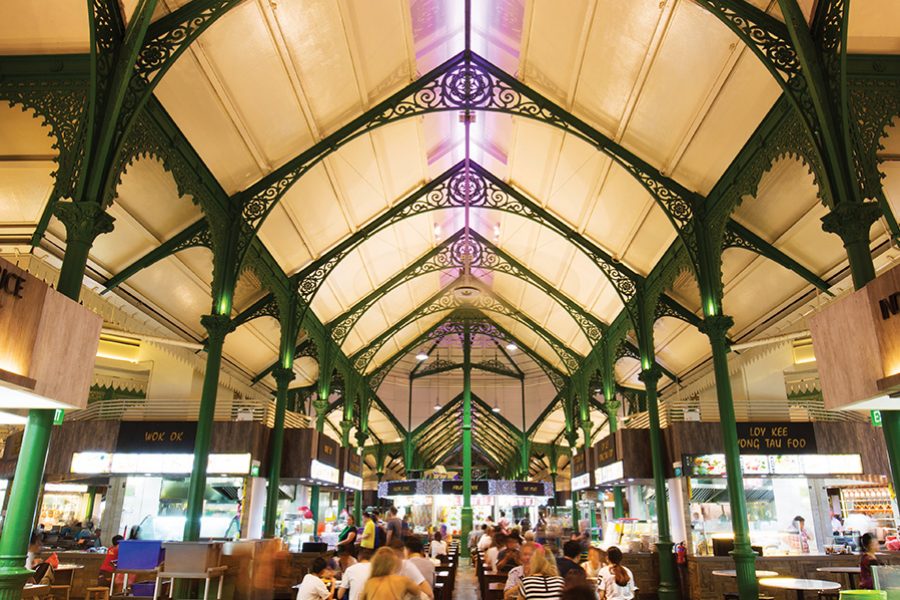
Credit: Marklin Ang
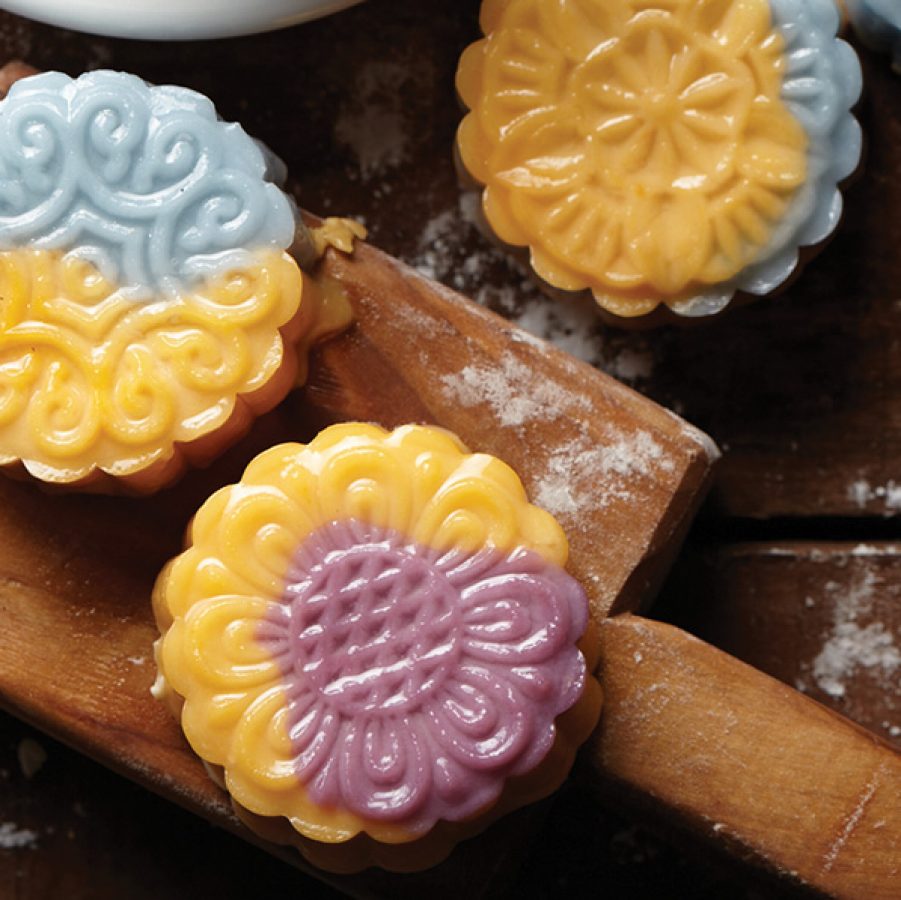
Bursting with bold flavours, this is young hawker couple Chelsea Goh and Lam Geng Han’s take on the Singaporean street food classic bak chor mee, minced meat noodles. Lam was inspired by his memories of frequenting an old noodle shop when he was younger, so he and his wife decided to launch their stall – No. 25 Minced Meat Noodle – in Bukit Merah to share that nostalgia with customers.
Lam and Goh’s enterprise is just a small slice of Singapore’s hawker culture, which encapsulates the Lion City’s rich heritage. Offering diverse bites at affordable prices, hawker centres are where a multi-cultural cross-section of society gathers to feast on local fare in a communal setting. So central to the Singapore experience are these dining halls that in recent decades, they have also become bucket-list destinations for foodie travellers.
“A hawker centre is a magical place. The more effort you spend discovering its hidden gems, the more delicious treasures are revealed,” says Singapore-based culinary consultant Jeremy Nguee. “No two people will have the same experience, nor would two locals recommend the same stalls to order from. To survey the options on offer is to glimpse all at once the breadth of Asia gathered in Singapore over time in one place.”
While Singapore’s tradition of community dining was inscribed on Unesco’s Intangible Cultural Heritage list in 2020, with the passing of time, an ageing generation of hawker stall owners is retiring. With fewer younger chefs and entrepreneurs willing to take up the mantle, the fear that hawker centres will one day cease to exist is slowly brewing.
But there’s still hope. Despite the gruelling work involved, business- and social media-savvy millennials are eschewing comfortable white-collar jobs to open their own hawker stalls which offer a new spin on the classics.
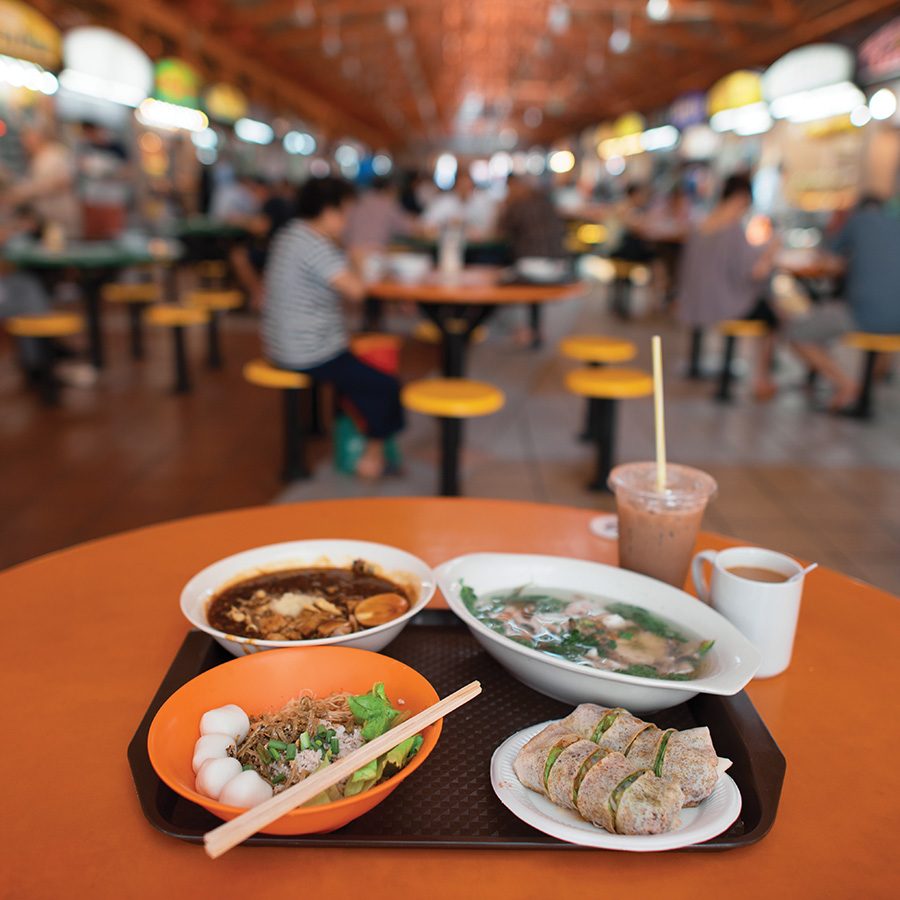
Credit: Danny Santo
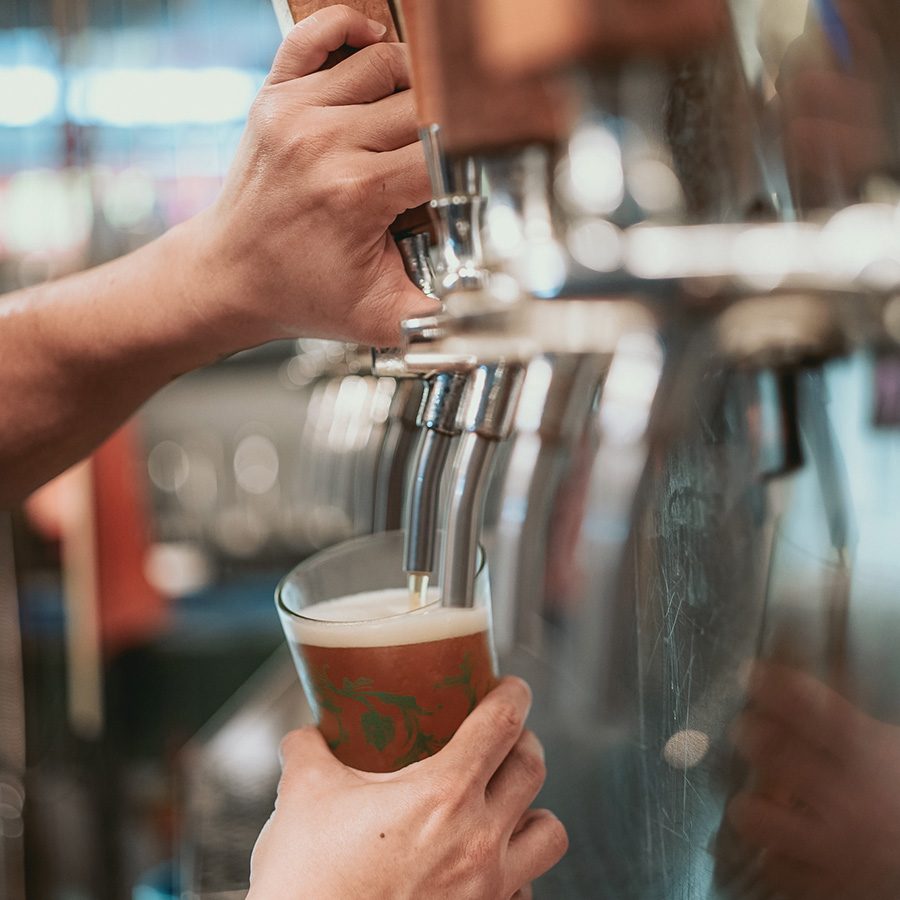
Credit: Joel Lim Photography
At No. 25 Minced Meat Noodle, you’ll find an extra-labour-intensive version of bak chor mee, featuring ingredients prepared from scratch by Goh, a former accountant and flight attendant, and Lam, who used to be a sous chef at a Western fine-dining chain.
“With many of the pioneer hawkers leaving the industry, my husband felt the need to create something for the masses in Singapore while he still could,” says Goh. “Otherwise, where would we be able to find nice hawker food in the future?”
Playing a role in preserving Singapore’s hawker culture is a calling that drives those like Goh and Lam into the trade. But practical concerns of running a business, including rising rental costs and landlord issues, are obstacles for these young entrepreneurs. With No. 25’s venue due for renovation in December after changing hands, the business was temporarily halted and its future was uncertain. Finally, the duo announced in late November that they would be resuming operations at the same location in the new year.
To galvanise against such uncertainties, some new-generation hawkers have diversified and modernised. For instance, Elizabeth Chan has expanded her mother’s Nonya kueh (sweet and savoury South East Asian snacks made from rice) enterprise Kueh Ho Jiak to include catering services, online ordering and delivery. Such measures have extended the shop’s reach beyond its Chinatown and Tanjong Pagar brick-and-mortar outlets.
“Initial doubts about whether our customers would order from our website were quickly disproved by rising online sales,” says Chan. “These measures have helped improve and grow the business, even during tough times in the past couple of years.”
Social media smarts helped Jeevan Ananthan become an online sensation when he opened Lina Fishball Noodle in Toa Payoh with his wife, May Leena Krishnan. Their success enabled them to relocate to a bigger location in the same area, open a second outlet on the east side of Singapore, and establish a central kitchen within three years.
To ensure hawker centres remain attractive to younger diners through changing times and tastes, operators are adapting what they serve. Some unconventional establishments have entered the field to liven up the food and drinks selection. Thanks to the addition of craft beer stall Smith Street Taps , diners at the Chinatown Complex hawker centre can now pair their laksa, soup dumplings and fried noodles with a fancy ale.
Meanwhile, for Madeline Chan, a part-time lawyer and founder of speciality coffee chain Mad Roaster , setting up her first shop in the Amoy Food Centre made good business sense. “Being located in a hawker centre in the central business district allows us to sell more coffee compared to opening a standalone café,” she says.
Mad Roaster puts a modern spin on Singapore’s traditional coffee and tea drinks by brewing with an espresso machine – instead of the old-school way of mixing coffee grounds with hot water and straining the drink with a sock-shaped fabric filter.
Chan says, “Our method extracts a stronger tea or coffee flavour while retaining a familiar taste. This contributes to the preservation of hawker culture: our drinks have a multi-generational appeal.”
And indeed, it’s because of these fresh, hip takes on hawker fare that there’s renewed hope this food heritage can stand the test of time.
“The hawker centre as we know it today will continue to be a gathering place and a beacon of good food,” says Nguee. “What will remain unchanged is the ‘hawker’ spirit – a bold derring-do to try a path fraught with risk, fuelled by a passion for food and a love to serve others.”
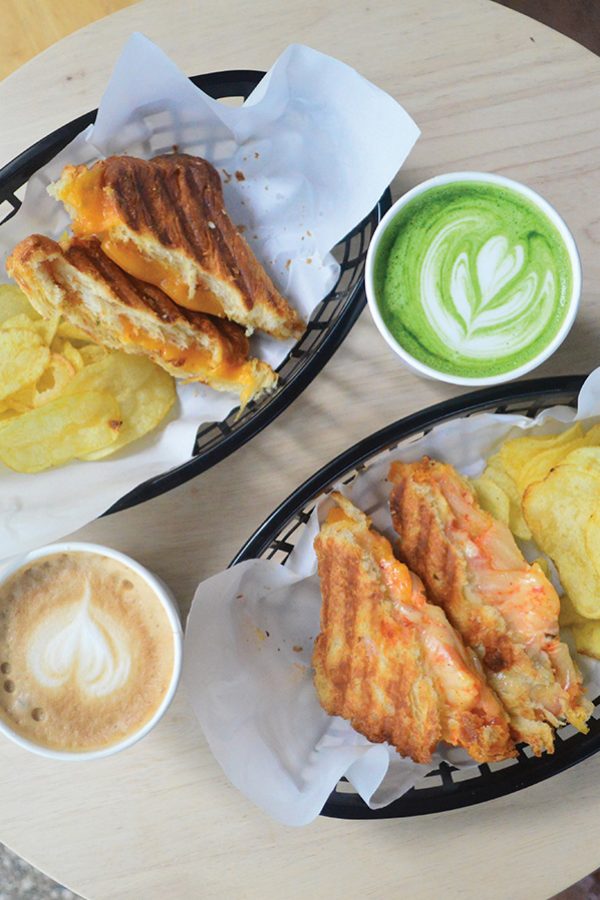

Credit: Alex Soh
A slice of hawker centre history
Street peddlers of different ethnicities were already selling food along Singapore’s crowded streets as early as the 1800s. In the 1970s, the government established hawker centres as a way to address hygiene concerns and provide better facilities for both street food vendors and customers. Since then, hawker centres have become essential to Singapore’s food culture – affordable eats from the city and the region, all together under one roof.
More inspiration
Singapore travel information
- China – the Chinese Mainland, Hong Kong SAR, Macao SAR and Taiwan Region
- Hong Kong SAR - English
- Chinese Mainland (China) - English
- Taiwan, China - English
- 香港特別行政區 - 繁體中文
- 中国內地 - 简体中文
- 中國台灣 - 繁體中文
- Africa
- South Africa - English
- Asia
- Bangladesh - English
- Korea - English
- Singapore - English
- Cambodia - English
- 한국 - 한국어
- Sri Lanka - English
- India - English
- Malaysia - English
- Thailand - English
- Indonesia - English
- Maldives - English
- ประเทศไทย - ภาษาไทย
- Indonesia - Bahasa Indonesia
- Myanmar - English
- Vietnam - English
- Japan - English
- Nepal - English
- Việt Nam - tiếng Việt
- 日本 - 日本語
- Philippines - English
- Australasia
- Australia - English
- New Zealand - English













